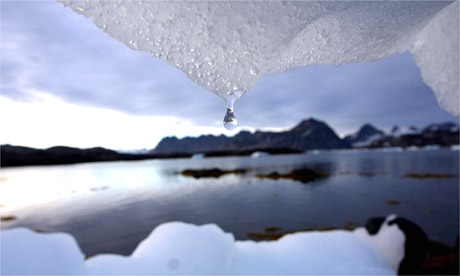SACRAMENTO -- Federal water managers said Friday they plan to cut off water, at least temporarily, to thousands of Central Valley farms as a result of the deepening drought gripping the state.
U.S. Bureau of Reclamation officials said parched reservoirs and patchy rainfall this year were forcing them to completely stop surface water deliveries for at least a three-week period beginning March 1. Authorities said they haven't had to take such a drastic move for more than 15 years.
The situation could improve slightly if more rain falls over the next few weeks, and officials will know by mid-March if they can update their projections to release more water from mountain dams.
Farmers in the nation's No. 1 agricultural state said the shortages would wreak havoc on the rural economy, and predicted they would cause consumers to pay more for fruits and vegetables because they will have to be grown with expensive well water.
"Water is our life -- it's our jobs and it's our food," said Ryan Jacobsen, executive director of the farm bureau in Fresno County. "Without a reliable water supply, Fresno County's number one employer, agriculture, is at great risk."
The drought will cause an estimated $1.15 billion loss in agriculture-related wages and eliminate as many as 40,000 jobs in farm-related industries in the valley alone, where most of the nation's produce and nut crops are grown, said Department of Water Resources Director Lester Snow.
California's agricultural industry typically receives 80 percent of all the water supplies managed by the federal government -- everything from far-off mountain streams to suburban reservoirs.
The state, which runs a system of pumps and canals, supplies drinking water to 23 million Californians and 755,000 acres of irrigated farmland.
Farms supplied by flows from the state's system of pumps and canals also will see cuts but still will get 15 percent of their normal deliveries, Snow said.
Still, this year both state and federal reservoirs have reached their lowest levels since 1992.
Dwindling supplies will have to be routed to cities to ensure residents, hospitals and fire crews have enough to meet minimum health and safety needs, said Don Glaser, the Bureau of Reclamation's regional director for the Mid-Pacific Region.
The water shortages are so severe across the state that most cities and counties, including those on the North Coast, are expected to start mandatory rationing programs by summer.
Snow said the state plans to ask all Californians to cut the amount of water they use by 20 percent.
"You've got to think about water as a precious resource," he said. "It may seem a stretch to conserve 20 percent of your water, but that's nothing in comparison to the consequences of the drought and job loss in agriculture."





